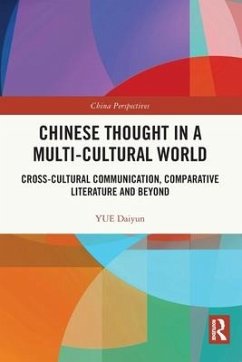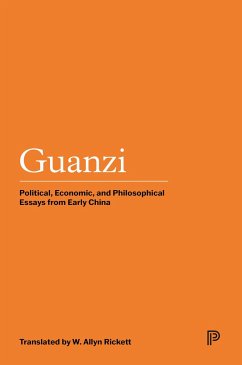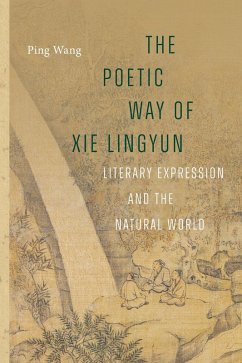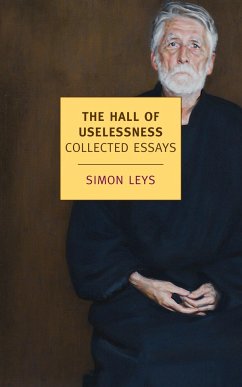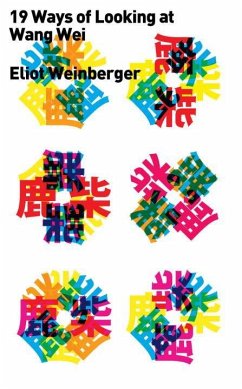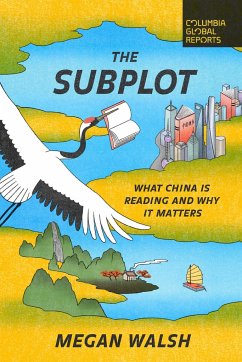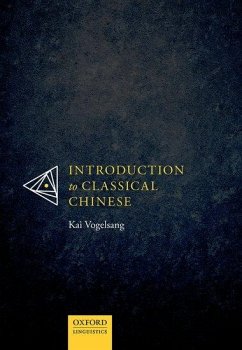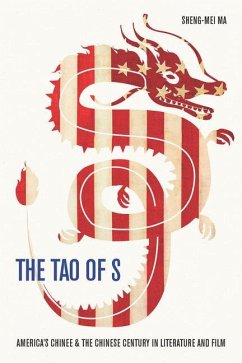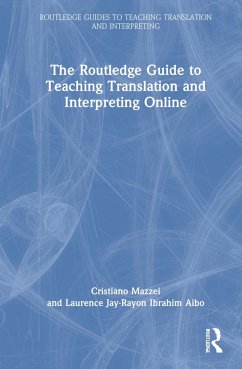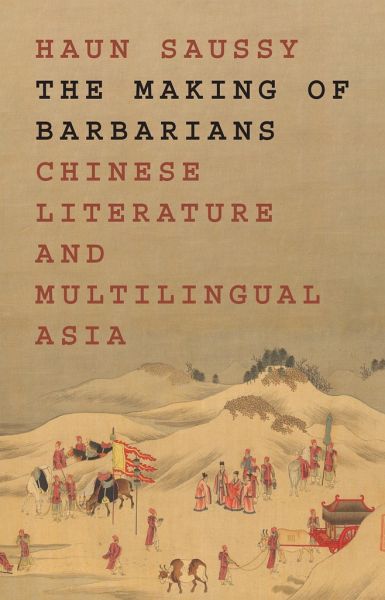
The Making of Barbarians
Chinese Literature and Multilingual Asia

PAYBACK Punkte
23 °P sammeln!
"This book investigates the meanings of literary translation, adaptation, appropriation, and comparison on the boundaries of China long before sustained contact with the West. When scholars today talk about translation and comparative literature in Asia they tend to focus on translation between European languages and Chinese, Korean, and Japanese, as practiced since about 1900: works translated from European languages into Asian languages and works translated from Asian languages into European ones. Before about 1850, however, the translation of foreign works into Chinese was rare: Chinese lit...
"This book investigates the meanings of literary translation, adaptation, appropriation, and comparison on the boundaries of China long before sustained contact with the West. When scholars today talk about translation and comparative literature in Asia they tend to focus on translation between European languages and Chinese, Korean, and Japanese, as practiced since about 1900: works translated from European languages into Asian languages and works translated from Asian languages into European ones. Before about 1850, however, the translation of foreign works into Chinese was rare: Chinese literary tradition dwarfed those around it, and those traditions in many cases derived from Chinese. Translation often involved multiple "relays," a term for a translation in which the translator works not from the original but from another translation. Through an account of selected literary works that were translated from foreign originals into Chinese-among them Sanskrit Buddhist texts, poetry in the Yue and Bailang languages, and Mongol nomad epics-and the alterations that resulted, Saussy explores why translation was such a rare and underestimated practice premodern China, and how this vast and prestigious culture dealt with those outside it before the Chinese began to adopt Western standards of thinking, behavior, and expression"--



